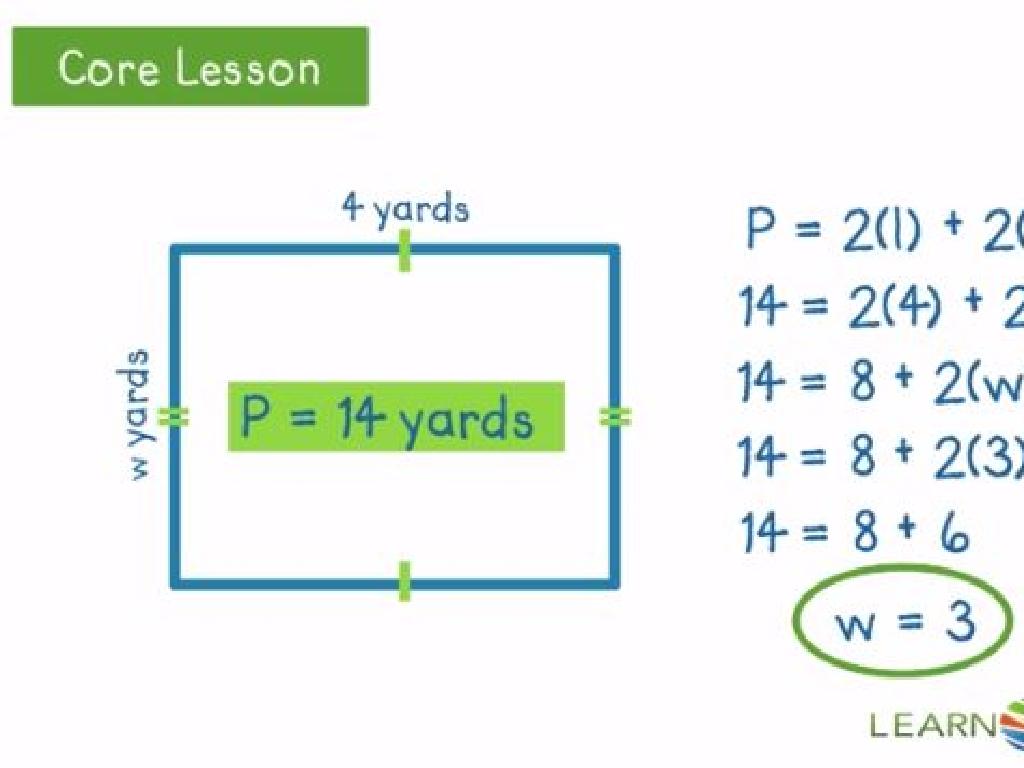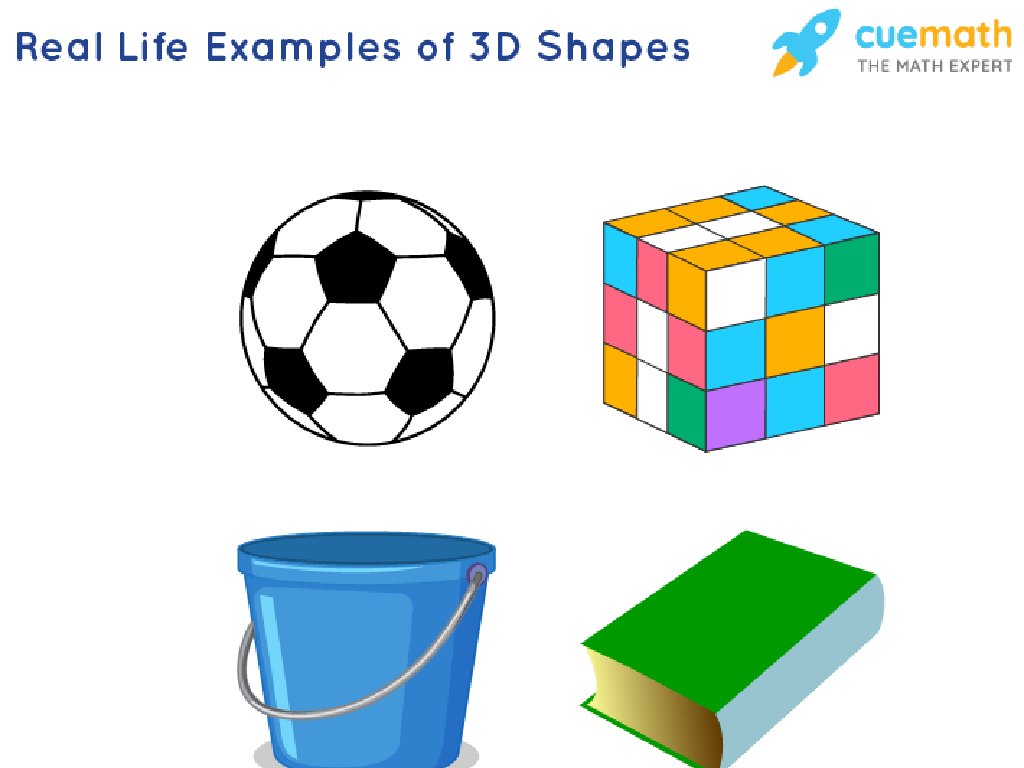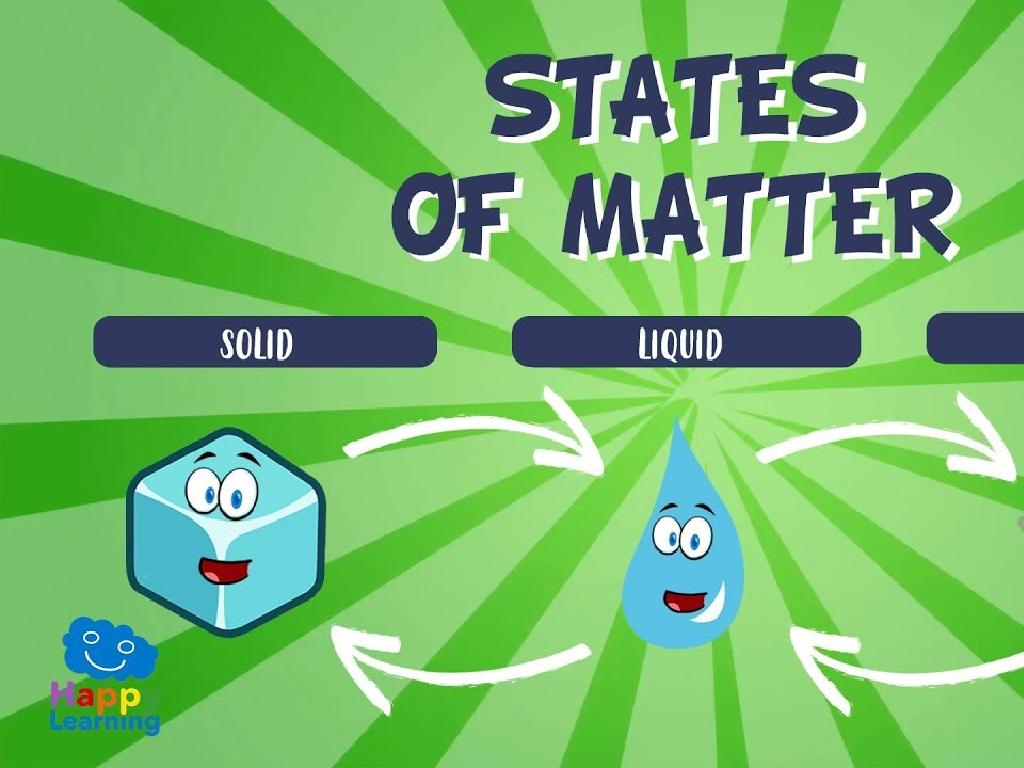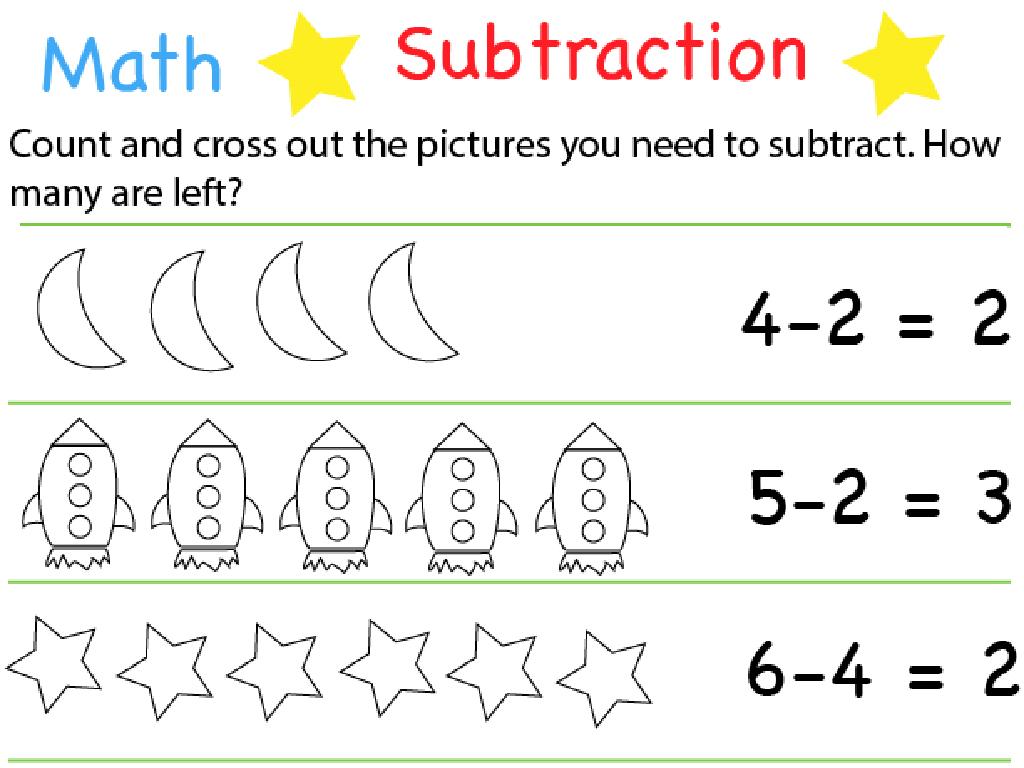Careers And Education
Subject: Life skills
Grade: High school
Topic: Financial Literacy
Please LOG IN to download the presentation. Access is available to registered users only.
View More Content
Introduction to Financial Literacy
– What is Financial Literacy?
– Understanding money management, budgeting, and investing.
– Importance of Financial Literacy
– Helps in making informed money decisions, avoiding debt, and achieving financial stability.
– Financial Literacy and Your Future
– Equips you with skills for better job opportunities and higher education choices.
– Today’s Focus: Careers and Education
|
This slide introduces the concept of financial literacy, emphasizing its importance in students’ lives. Financial literacy is the ability to understand and effectively use various financial skills, including personal financial management, budgeting, and investing. It’s crucial for making informed decisions that lead to financial stability. Today’s lesson will focus on how financial literacy relates to career choices and education planning, setting the stage for students to appreciate how financial knowledge can impact their future job prospects and educational opportunities. Encourage students to think about their own career aspirations and how understanding finances might play a role in achieving their goals.
Exploring Careers and Financial Literacy
– Define a career
– A career is a long-term professional journey based on your passions.
– Explore various career paths
– Examples: Healthcare, Technology, Education, Arts, etc.
– Aligning careers with interests
– Choosing a career you love increases satisfaction and success.
– Skills needed for career success
– Critical thinking, communication, and adaptability are key.
|
This slide aims to introduce students to the concept of careers within the context of financial literacy. Begin by defining what a career is, emphasizing that it’s more than just a job it’s a long-term pursuit of a professional goal. Provide a range of examples to illustrate the diversity of career paths available, from healthcare to the arts. Highlight the importance of selecting a career that not only suits one’s interests but also utilizes one’s skills, as this alignment can lead to greater job satisfaction and success. Discuss the skills that are universally beneficial in any career path, such as critical thinking, effective communication, and the ability to adapt to change. Encourage students to reflect on their own interests and skills as a preliminary step towards career planning.
Education’s Impact on Career Prospects
– Correlation between education and careers
– Higher education often leads to better job opportunities and higher salaries.
– Education levels and career paths
– High School diploma, Bachelor’s, Master’s, PhD, or trade certifications.
– Statistics linking education to earnings
– Data shows higher degrees generally result in increased lifetime earnings.
– Vocational training as an alternative
– Vocational training offers specialized skills for specific careers.
|
This slide aims to educate high school students on the importance of education in shaping their future career opportunities. It’s crucial to highlight the positive correlation between higher levels of education and the likelihood of securing better job prospects and higher wages. Discuss the various educational pathways, including college, university, and vocational training, and how each can lead to different career outcomes. Present statistics that illustrate the potential increase in earning power with each advanced level of education. Also, emphasize the value of vocational training for students interested in pursuing a more hands-on career immediately after high school. Encourage students to consider their interests and career goals when making decisions about further education.
Financial Planning for Education
– Budgeting for college expenses
– Estimate costs for tuition, books, and living expenses.
– Navigating student loans and grants
– Learn the difference between loans (to be repaid) and grants (no repayment).
– Exploring scholarships
– Search for scholarships that match your skills and interests.
– Considering work-study options
– Work-study programs can offset education costs and provide work experience.
|
This slide aims to provide students with an overview of financial planning for their education. Start by discussing the importance of budgeting for college, including all potential expenses. Explain the concept of student loans and grants, emphasizing the need to understand the terms and repayment obligations of loans, while grants are typically need-based and do not require repayment. Highlight the availability of scholarships as a way to reduce the financial burden, and encourage students to apply for those that align with their achievements and interests. Lastly, introduce work-study programs as a viable option to earn money and gain professional experience while studying. Encourage students to utilize school resources like financial aid offices and career centers for more information and assistance.
Investing in Your Future: Education’s ROI
– Understanding ROI in education
– ROI measures the gain from an investment relative to its cost.
– Long-term benefits of educational investment
– Higher education can lead to better job prospects and earnings.
– Case studies: education leading to success
– Examples of individuals who advanced their careers by investing in education.
– Analyzing career path ROI
|
This slide aims to educate high school students on the concept of return on investment (ROI) as it applies to their education. It’s crucial to explain that ROI isn’t just a financial concept but also applies to personal and professional development. Highlight the long-term benefits such as higher earning potential, better employment opportunities, and personal growth. Use case studies to illustrate how education has been a pivotal investment for many successful individuals, leading to prosperous careers. Encourage students to think critically about their future and consider how further education could impact their career trajectory and overall life satisfaction. Provide examples of different career paths and the potential ROI they offer, emphasizing that investment in education is often a stepping stone to achieving one’s career goals.
Career Planning: Preparing for the Future
– Steps for career prep in high school
– Research, internships, and networking are key steps.
– Explore careers and education needed
– Use online resources and career days to learn about various professions and their requirements.
– Set career goals
– Define what success looks like and the milestones to get there.
– Create a plan to achieve goals
– Outline actionable steps with timelines for your career journey.
|
This slide aims to guide students through the process of career planning during their high school years. It’s crucial to emphasize the importance of early research and exposure to different fields through internships and networking. Encourage students to utilize online tools and attend career fairs to understand the educational paths for their careers of interest. Help them learn how to set SMART (Specific, Measurable, Achievable, Relevant, Time-bound) career goals and to develop a structured plan with clear steps and timelines to achieve these goals. Discuss the importance of adaptability and resilience, as their plans may evolve over time.
Class Activity: Career Exploration
– Research a career in groups
– Present career findings to class
– Include job description, education needed, average salary, and job outlook
– Discuss role of financial literacy
– How does understanding finances influence career choices?
– Reflect on career planning
|
This class activity is designed to engage students in practical research about careers that interest them. By working in groups, they will explore various aspects of a profession, including the job description, educational requirements, potential earnings, and future demand. The presentation aspect will help them develop communication skills. The discussion on financial literacy is crucial; it will help students understand how being financially literate is essential in making informed decisions about their education and career paths. Teachers should guide the discussion towards the importance of budgeting, saving, and investing in relation to career planning. Possible activities: one group could research a STEM career, another on arts, another on trade jobs, etc., to cover a broad range of interests.
Wrapping Up: Financial Literacy in Your Future
– Recap Financial Literacy importance
– Understanding finances is key to career success.
– Open floor for questions
– Highlight planning resources
– Use school counselors, online tools, and libraries.
– Encourage ongoing learning
– Stay informed about financial trends and education options.
|
As we conclude, reiterate the significance of financial literacy in making informed career choices and managing future finances. Encourage students to ask questions about anything covered or any further inquiries they might have about financial literacy and career planning. Remind them of the various resources at their disposal, such as school counselors, financial planning websites, and libraries, which can provide valuable information for their career and education journey. Lastly, stress the importance of continuous learning and staying updated with financial trends and education pathways to adapt to the ever-changing economic landscape.





